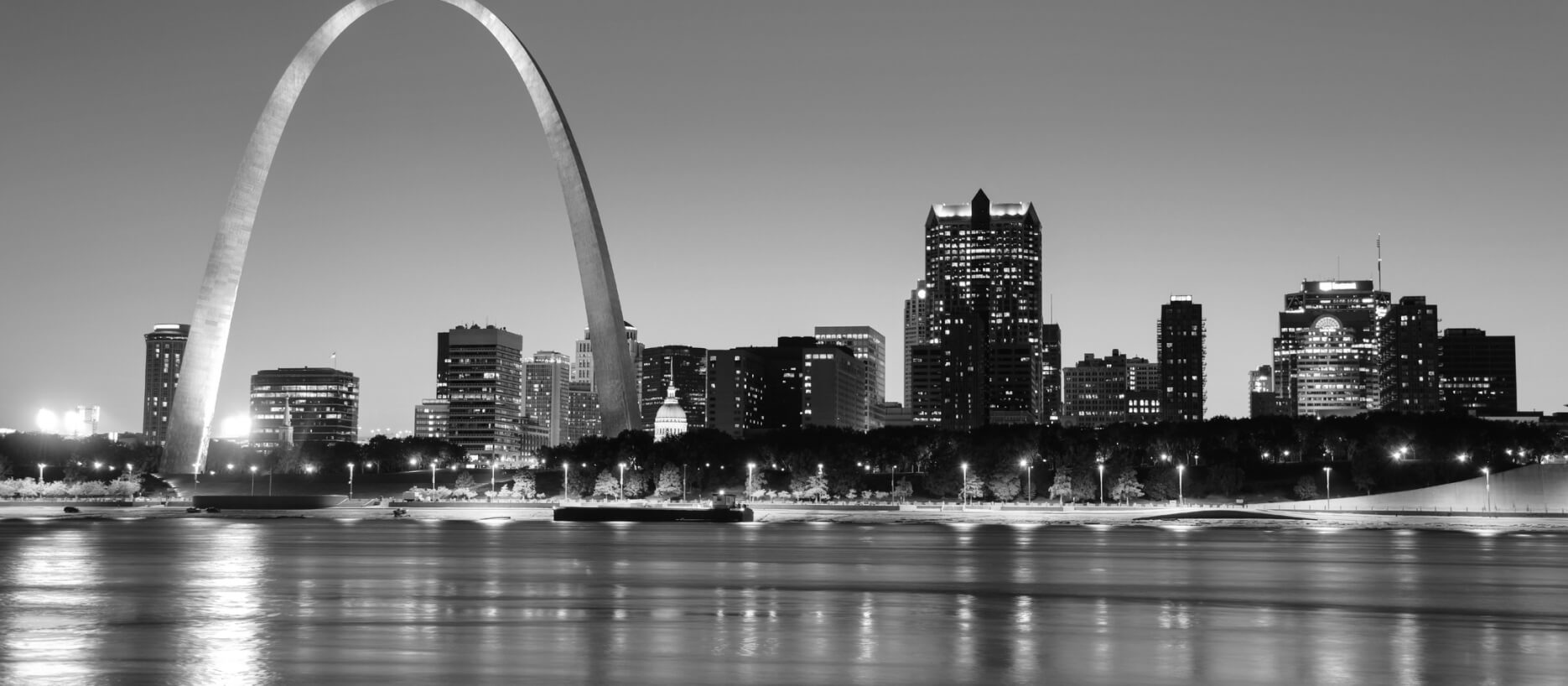Facelift surgery, medically known as rhytidectomy, is one of today’s most popular cosmetic procedures. According to the American Society of Plastic Surgeons, about 200,000 rhytidectomies are performed annually, making rhytidectomy one of the top five most commonly performed cosmetic surgeries.
And it’s not hard to understand why this is the case. Your face is your most visible attribute, and it’s also one of the first to show signs of aging, like hollowed cheeks, prominent nasolabial folds and jowls. These changes can affect how you feel about your face and your self-esteem.
If you have decided to rejuvenate your face with this popular procedure, you probably have many questions. To help prepare you for what’s ahead, here is a quick overview of what happens during a facelift and what to expect during your recovery.
How Does a Facelift Procedure Work?
A facelift is a surgical procedure that rejuvenates the face by lifting and tightening facial skin and the underlying tissues.
Facial aging happens as a result of gravity pull, ligament weakening, thinning skin, and loss of facial fat and bone. The result is the gaunt and saggy appearance so characteristic of many aging faces.
A facelift can correct all of the above problems by repositioning tissues that have started to sag and removing excess skin. There are many different types of facelifts and techniques your surgeon can perform, including the mini facelift (to eliminate jowls), the mid-facelift (to lift the cheeks), the SMAS lift and deep plane facelift, to name a few.
Which technique your surgeon will use depends on your unique concerns and cosmetic goals. However, most facelifts involve making incisions around the ear and hairline, elevating descending fat pads, tightening and excising the skin, repositioning muscle and closing the incisions with sutures.
What Happens During a Facelift?
A facelift is usually performed under general anesthesia, so you’ll be in a sleep-like state during the entire procedure. Your surgeon will start by making an incision. The incision is usually made right where your ears meet your cheeks, but they can also be made around your ears, hairline, lower scalp, under the chin and even inside the mouth.
Depending on which technique is used, your surgeon may then lift up to 6 cm of skin and a layer of subcutaneous fat by separating them from underlying tissues. If you’re having a SMAS (superficial musculoaponeurotic system) lift, your surgeon will reposition superficial facial muscles with incisions and sutures. For deep-plane face lifting, they may access deeper facial muscles.
Once all the underlying structures have been repositioned, your surgeon will trim any excess skin and close the incisions with sutures. These will be hidden in your hairline and skin folds. The whole procedure takes between two and six hours to complete.
What the Facelift Recovery Timeline Is Like
Immediately after your procedure, you will be taken to the recovery room, where nurses will monitor your vitals. Your face will be covered in dressings to protect the incisions and minimize bleeding, and you may have a drain in place to remove excess fluid. You will be given prescription pain medications and antibiotics to manage discomfort and prevent infection.
Initial recovery from a facelift takes four to six weeks, with full recovery taking about a year. The recovery happens in about four stages:
Stage 1 (First Week)
You will feel unsteady and groggy the first day after surgery due to the effects of anesthesia, surgery wounds and the strong pain medication. That’s why it is important to have a caregiver for the first day or two. This is also when pain is most intense and managed with larger doses of pain medication.
On the second day, you will have a follow-up with your surgeon to change your surgical dressings and drains and check for signs of infection. By days three and four, you should feel well enough to move around the house and perform simple tasks like dressing and preparing a simple meal. Your pain levels should also significantly subside at this time.
It is important to carefully monitor swelling and bruising during the first week, as this is when an infection is most likely to occur and needs to be treated promptly. Keeping your head elevated and sleeping in a supine position will help minimize swelling and discomfort. Sleeping on two pillows can help with this.
Stage 2 (Week Two)
As your swelling slowly subsides, you may notice mild tingling, numbness and tightness around the treated areas. This is completely normal and should stop once healing is complete. During this week, a nurse or doctor may remove your stitches. However, this will not be necessary if your surgeon used absorbable stitches.
By the end of week two, you should feel like your old self, although mild swelling and redness should still be visible.
Stage 3 (Weeks Two to Four)
By this time, most patients can return to work and their usual activities. Most of the swelling should have subsided, and the incision lines should be less noticeable. While you can return to most activities, avoid strenuous exercise, saunas and direct sun exposure. It takes time for tissues to completely heal following any surgery. Exposing the skin to the above irritants can put you at risk of infections, inflammation and swelling.
Stage 4 (Day 30 and Beyond)
While your face may look “normal” by the end of the first month, it can take three months for the unusual sensations to dissipate. Residual swelling and changes in skin sensation can take a full year to completely resolve; however, these are things only noticeable to you. That means you can get back to socializing and working as usual.
The reason it takes so long to fully recover from a facelift is that it is a major surgery that involves redistributing the skin and even the muscle and connective tissues of the face. Patience is required, but it is rewarded with beautiful, natural results that can last a decade or more.
Learn More About Facelift Surgery in St. Louis, MO
No matter if you’re a St. Louis County local or are visiting, you can be treated at our clinic by Dr. Brock Ridenour. Dr. Ridenour is a seasoned and board-certified facial plastic surgeon with over two decades of experience performing facelifts and other facial rejuvenation surgeries.
To learn more about facelift surgery or to schedule your consultation, contact the team at Ridenour Plastic Surgery in St. Louis, Missouri, at 314-878-8600 today.



